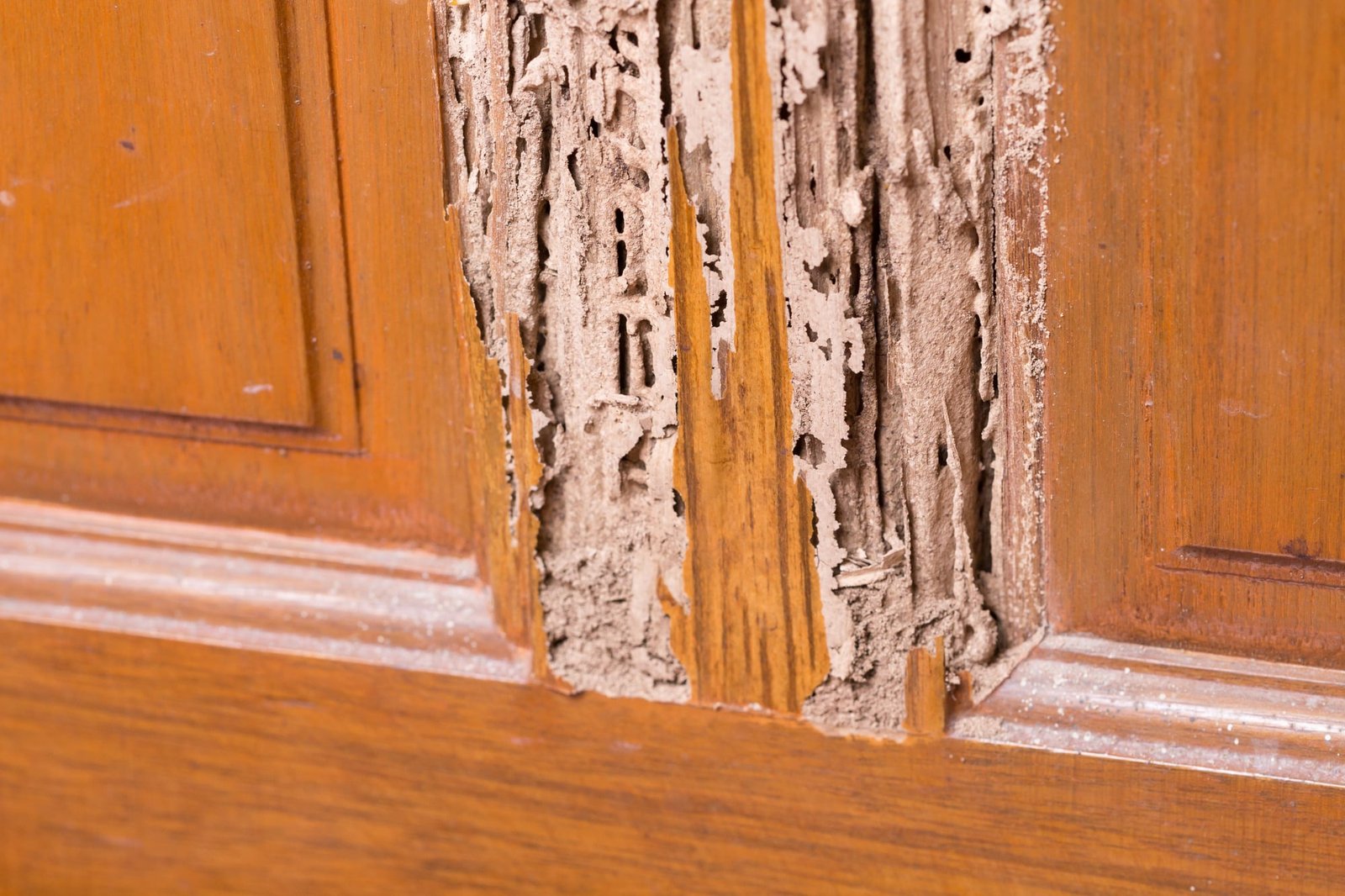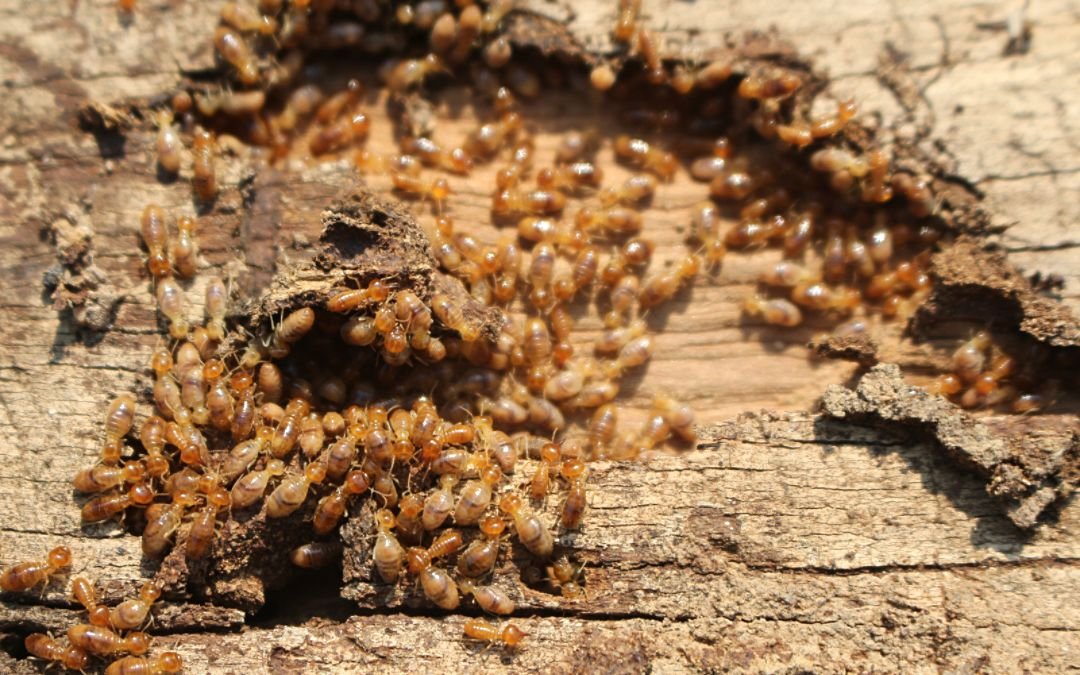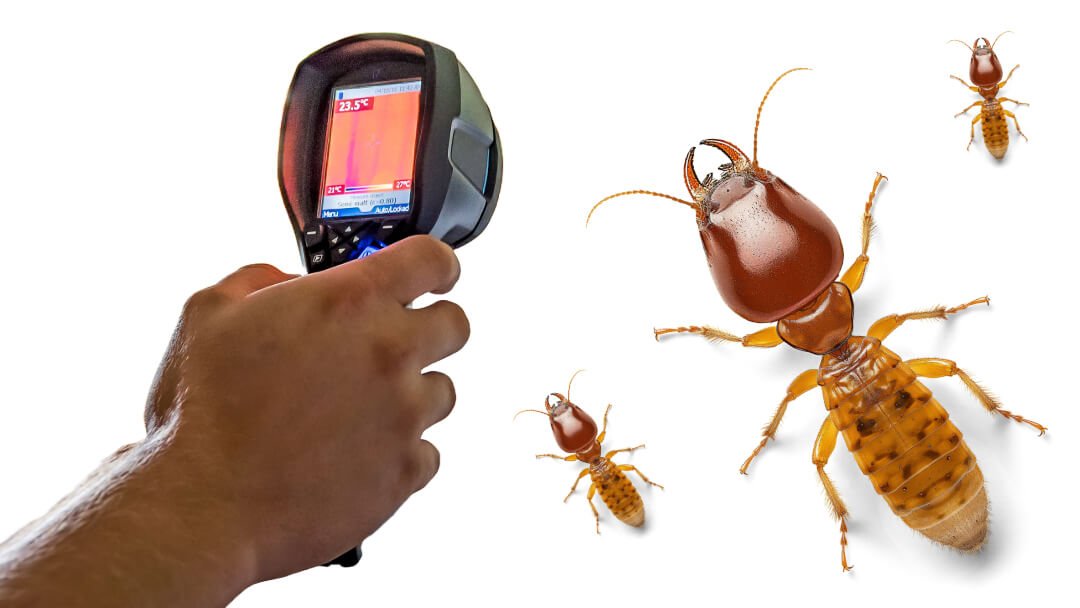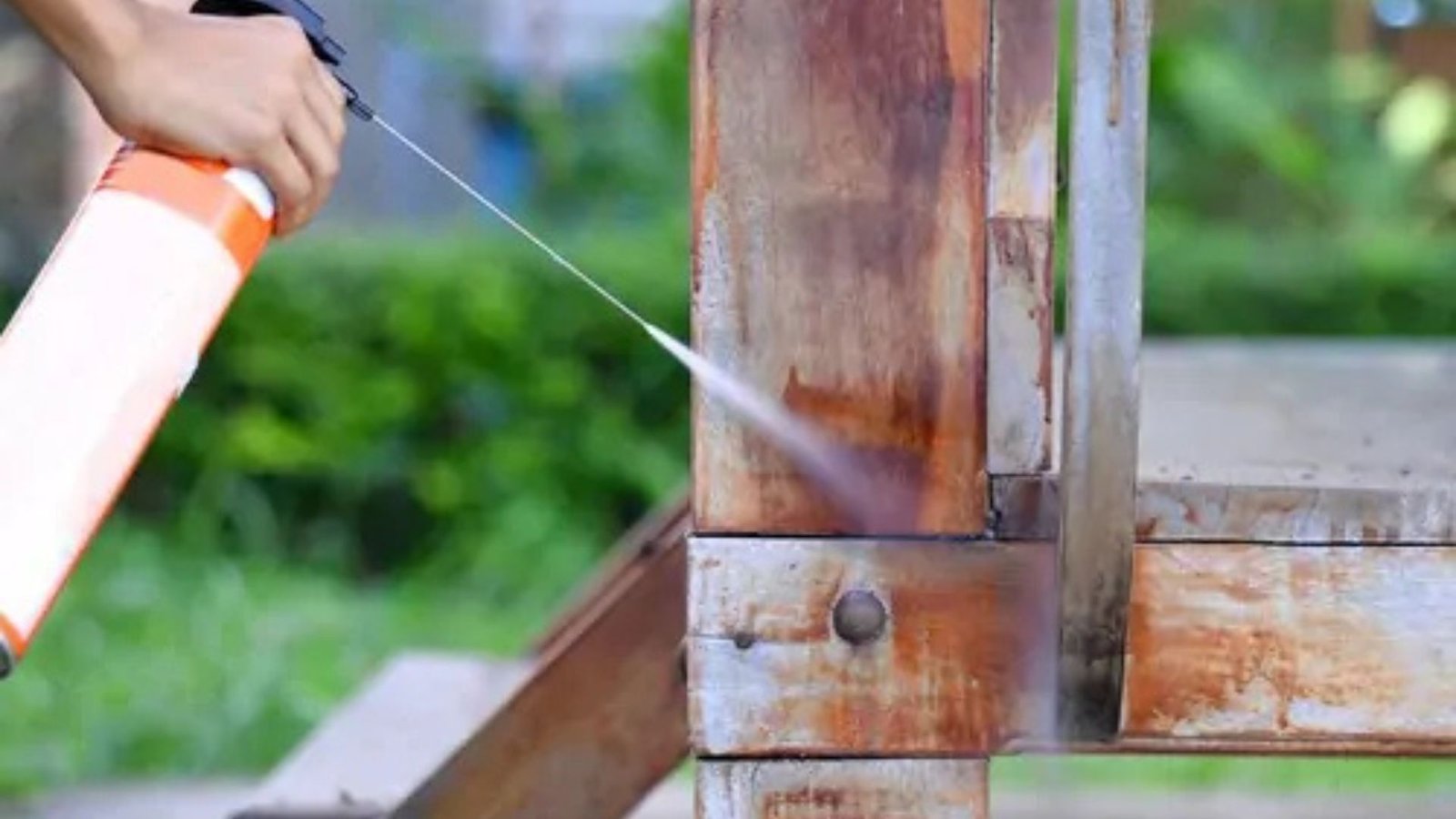After a termite inspection, it’s essential to take steps to protect your home from future infestations. Knowing how to prevent termite infestations after inspections can save you from costly damage and stress. While a termite inspection can help detect problems early, ongoing prevention is the key to keeping termites away for good. In this article, we’ll guide you through simple yet effective ways to safeguard your home from termites.
1. Eliminate Moisture Around Your Home
One of the main factors that attract termites is moisture. They thrive in damp environments, so controlling moisture levels is one of the best ways to prevent termite infestations after inspections. After the inspection, you should focus on ensuring that water doesn’t accumulate around your house.
Start by checking your gutters and downspouts. Make sure they are clean and direct water away from your foundation. Also, inspect your yard for standing water or leaks in pipes. Fix any issues promptly. If you have a crawl space, make sure it’s well-ventilated to prevent moisture buildup.
By reducing moisture around your home, you make it less inviting for termites.
2. Seal Entry Points
After a termite inspection, one important step in how to prevent termite infestations after inspections is to seal all possible entry points into your home. Termites can slip through tiny cracks or gaps in your walls, windows, and foundation. Sealing these openings is essential to keeping termites from entering.
Check the exterior of your house for any cracks or gaps. Pay close attention to areas around windows, doors, and pipes. Use caulk or weatherstripping to seal these cracks. You should also inspect the foundation of your home and fill any visible gaps or holes with a high-quality sealant.
By making sure your home is well-sealed, you reduce the chances of termites getting inside.

3. Maintain a Barrier Between Wood and Soil
Wood in contact with soil provides a perfect food source for termites. After a termite inspection, one of the best ways to prevent termite infestations after inspections is to maintain a barrier between wood and the ground. If you have wood mulch, wooden decks, or even wooden siding close to the soil, termites may easily find their way to your home.
Ensure that wooden materials are at least six inches above the ground. If you’re using mulch in your garden, consider using a termite-resistant material or shifting the mulch away from the foundation of your home. Wooden decks and fences should also be properly maintained to avoid direct contact with soil.
By keeping wood away from the soil, you make it harder for termites to reach your home.
4. Regularly Inspect Your Home
Even after a termite inspection, it’s a good idea to keep an eye on your home for any signs of new infestations. Routine inspections are a key part of how to prevent termite infestations after inspections. It’s important to check your home periodically for any damage or signs of termites.
Look for things like mud tubes along the foundation, discarded wings, or hollowed-out wood. If you find any signs of termites, it’s best to contact a pest control expert immediately to address the issue before it becomes serious.
Setting aside time each year for a professional inspection is another great way to stay proactive in termite prevention.
5. Treat Your Property with Termite Barriers
Another effective method in how to prevent termite infestations after inspections is to treat your home with termite barriers. These can either be chemical treatments or physical barriers installed around your property. These treatments can help protect your home from termites and act as a long-term prevention solution.
Termite barriers work by creating a barrier that termites can’t pass through. Chemical treatments are often applied around the perimeter of your home and can last for several years. Physical barriers, such as metal or sand barriers, can also help keep termites from entering your home.
Consult with a pest control professional to determine which type of barrier is best for your home.
6. Remove Wood Debris and Dead Trees
Another way to prevent termite infestations after inspections is to keep your yard clean and free from wood debris or dead trees. Piles of wood, old furniture, or even fallen tree branches can attract termites to your home. Make sure to regularly clear away any wood debris from your yard and store firewood away from your house.
If you have dead trees or stumps on your property, it’s a good idea to remove them. These can be a breeding ground for termites and could make it easier for them to infest your home.
7. Work with a Pest Control Professional
Finally, if you want to take extra precautions in how to prevent termite infestations after inspections, consider working with a pest control professional. They can provide ongoing monitoring and treatment to keep termites away. Many pest control companies offer yearly contracts for termite prevention, which can give you peace of mind that your home is being actively protected.
Professional pest control experts can also recommend specific strategies tailored to your property’s needs, whether it’s a particular type of treatment or more frequent inspections.
Conclusion: Stay Proactive and Protect Your Home
In conclusion, knowing how to prevent termite infestations after inspections is essential for keeping your home safe. After your termite inspection, take steps to eliminate moisture, seal entry points, and maintain a barrier between wood and soil. Regularly inspect your home, use termite barriers, and remove wood debris from your yard. Lastly, working with a pest control professional can provide you with the best protection.
By staying proactive and taking these preventative measures, you can ensure that termites stay far away from your home. It’s worth the effort to protect your home from these destructive pests and avoid expensive repairs down the line.




